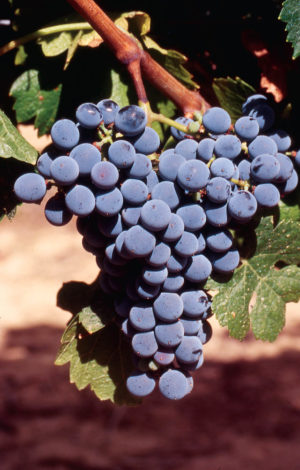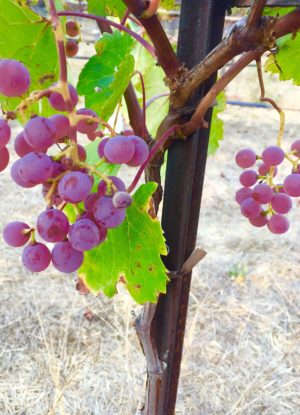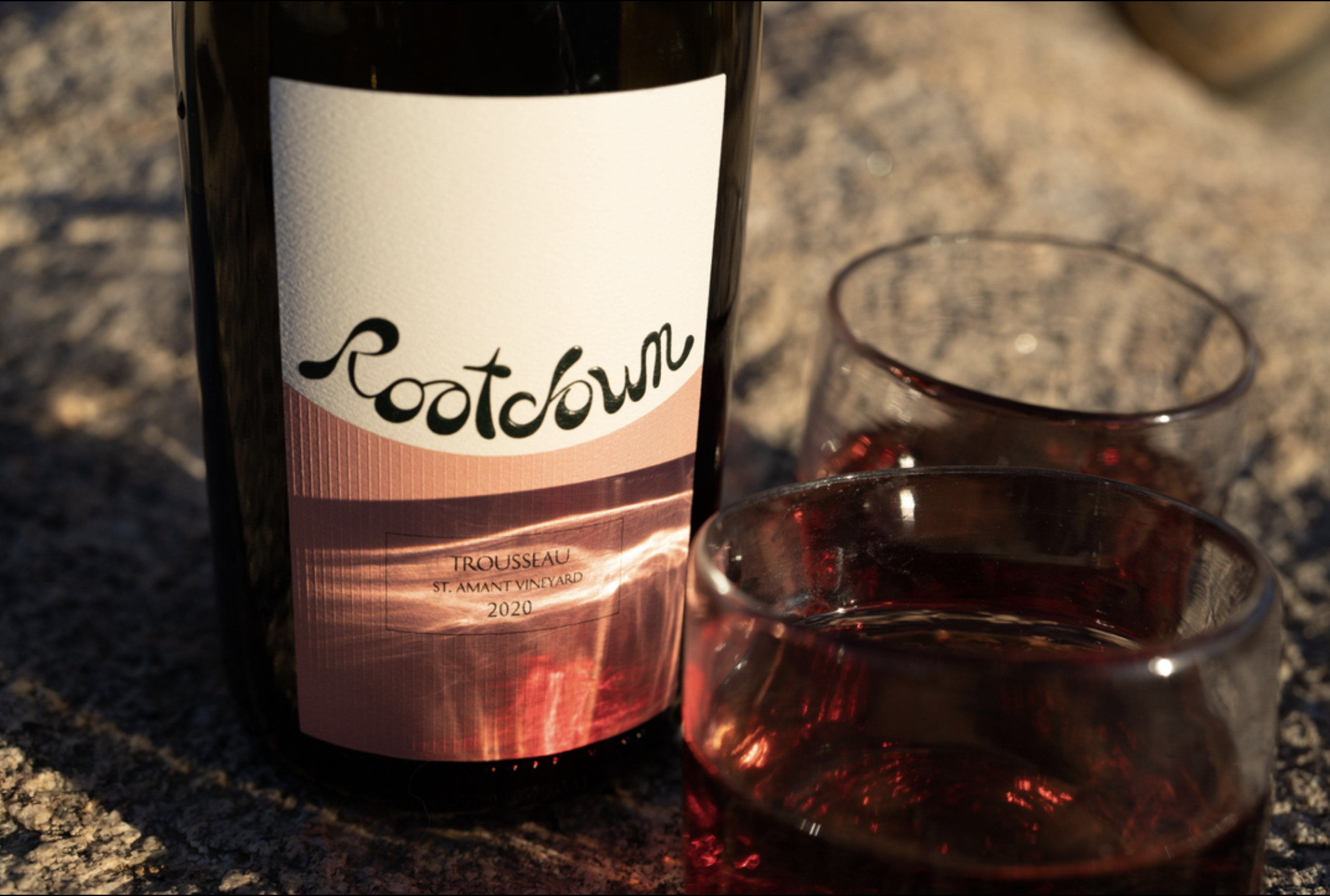As climate change charts new, unpredictable temperature and weather patterns, the pursuit of outstanding wine means turning to lesser-known grape varieties.
—Kathleen Willcox
Old, rare grape varieties are trending in New World wine countries. The reason? That old bugaboo, climate change.
Grapes are delicate, and a change in temperature of a few degrees can turn one capable of producing a robust, bright and complex wine into a purveyor of something flat, flabby and insipid.
According to a study in the Proceedings of the National Academy of Sciences, a temperature rise of 2°C could shrink regions suitable for winegrowing by 56 percent; at a rise of 4°C, 85 percent of regions would become unproductive. That same study also finds that adjusting the varieties of grapes grown could reduce losses by half and one-third respectively in those same warming scenarios. On our current path, the United Nation projects that temperatures could increase by as much as 4.4°C by the end of the century.
While it may be a stretch to try to find a silver lining amid the increasingly existential gloom of climate change, it is helpful that the need for wine regions and individual producers to expand beyond traditional mainstays, like Cabernet Sauvignon and Merlot, coincides with an increased openness among consumers to unfamiliar grapes.
As the baseline knowledge about wine, especially in the U.S., has increased, the market’s willingness to drink more broadly and widely has increased. Niche red blends have been have been trending even among supermarket brands for years, and according to the 2021 State of the Wine Industry Report from Silicon Valley Bank’s EVP & Founder, Rob McMillan, the growth rate of Chardonnay has been negative for the second year in a row, and Merlot dropped by almost 10 percent.

Even the most traditional wine regions and makers are radically revising their planting and growing practices. This year, France’s Institut National de l’Origine et de la Qualite (INAO) officially approved six new grape varieties for Bordeaux, and they are all relatively obscure. The four reds are Arinarnoa, Castets, Marselan, and Touriga Nacional. The two whites are Alvarinho and Liliorila.
The Bordeaux Wine Council described the momentous decision as “the culmination of over a decade of research by wine scientists and growers of Bordeaux to address the impact of climate change through highly innovative, eco-friendly measures.”
In the U.S., winegrowing is much less regulated. But brands that want to make a living have to grow not just regionally appropriate varieties, but also ones that will move bottles on the market. Until changing tastes shifted planting plans, that meant the largely familiar varieties.
But today, the combination of the warmer weather and the curious consumers means an emergence of obscure varieties across the US.

In Napa, Tom Gamble, proprietor of Gamble Family Vineyards, has seen how much the climate has changed since he first began growing grapes back in 1981. In recent years, he has planted highly experimental plots (1.5 acres or less) of atypical Napa choices, such as Syrah and Malbec, and out-of-left-field Koshu and Ambulo Blanc—these latter two, Gamble believes, are first-time commercial plantings in North America. Ambulo Blanc is 97 percent Vitis vinifera, blended of two native North American species—Vitis arizonica and Vitis rupestris—created to produce Pierce’s Disease-resistant grape vines. Koshu is a Japanese white wine grape that Gamble comments is naturally mildew-resistant.
“If we don’t keep pushing boundaries, we don’t grow,” Gamble says. “The Ambulo and Koshu show promise. They may not work out. But maybe one will be fantastic.”
Larkmead Vineyards, also in Napa, has dedicated three acres to California heritage and Mediterranean varieties, including Petite Sirah, Aglianico and Touriga Nacional, as hedges against climate change.
“We chose each of these varietals to bring different qualities that may be challenged for Cabernet Sauvignon in the future such as color and acidity,” comments Larkmead’s winemaker, Avery Heelan. “For example, Charbono has very thick skins and high phenolic content that extends the harvest period beyond Cabernet to reach phenolic maturity. Similarly, Aglianico can have incredibly high tannins but extremely high acidity, so it does best in hot, dry climates, where it can have a long ripening period, well into November.”
Others, like Mike Lucia, who launched Rootdown in Cole Ranch, California in 2014, have shaped their brands around an exploration of obscure and rare grapes. With 55 acres under vine, Lucia has 12 varieties in production, or on their way, including Trousseau Gris, Savagnin, Jacquere, Hondarrabi Zuri, Aligote, Poulsard, and Trousseau.
“We chose these grapes based on what seems to be the best fit for the climate, exposure and soil,” Lucia explains. “2021 marks the first harvest for several, including the Savagnin and Poulsard, and I wasn’t sure what to expect. But I’ve been very pleasantly surprised and am excited to share them.”

The notion of launching a brand with more promising grapes in the ground is also gaining traction in Texas.
“We want to grow grapes that love the weather here,” says Texas Heritage Vineyard’s co-founder Susan Johnson. When they planted in 2015, they chose to plant first Alicante Bouschet, and then Souzao because they respond well to the challenges of Texas’ short and hot growing season.
“Fruit in Texas doesn’t always have the depth of color and flavor that we need,” Johnson says, noting that’s especially common among the more well-known red varieties. “Both of these grapes are an exception, with thick skins that can stand the high heat. Both are making truly outstanding wines for us.”
_______________________________________________________________________

Kathleen Willcox writes about wine, food and culture from her home in Saratoga Springs, N.Y. She is keenly interested in sustainability issues, and the business of making ethical drinks and food. Her work appears regularly in Wine Searcher, Wine Enthusiast, Liquor.com and many other publications. Kathleen also co-authored a book called Hudson Valley Wine: A History of Taste & Terroir, which was published in 2017. Follow her wine explorations on Instagram at @kathleenwillcox




